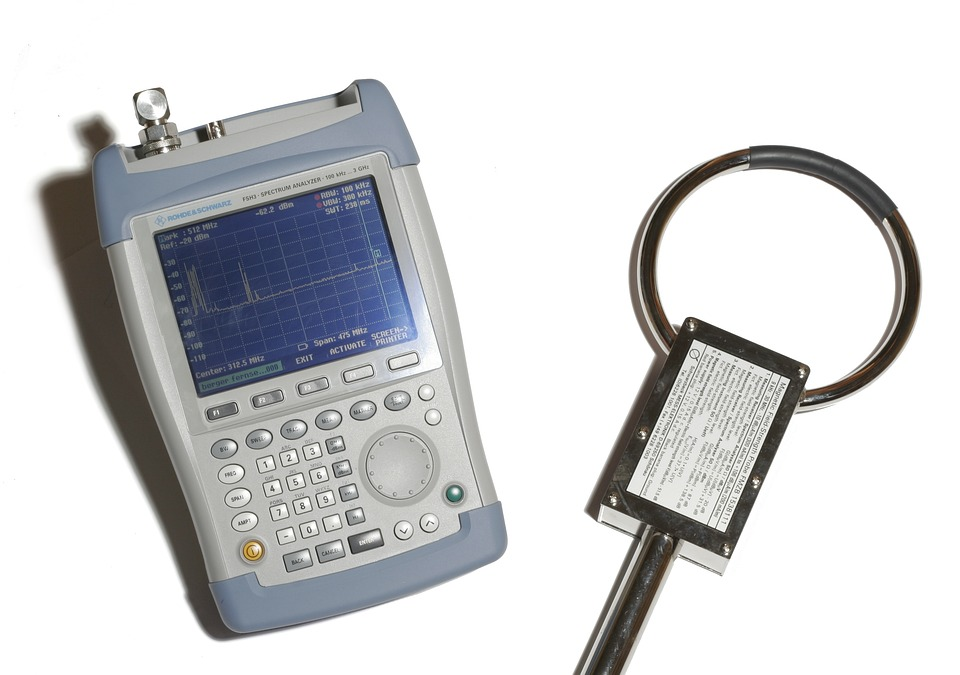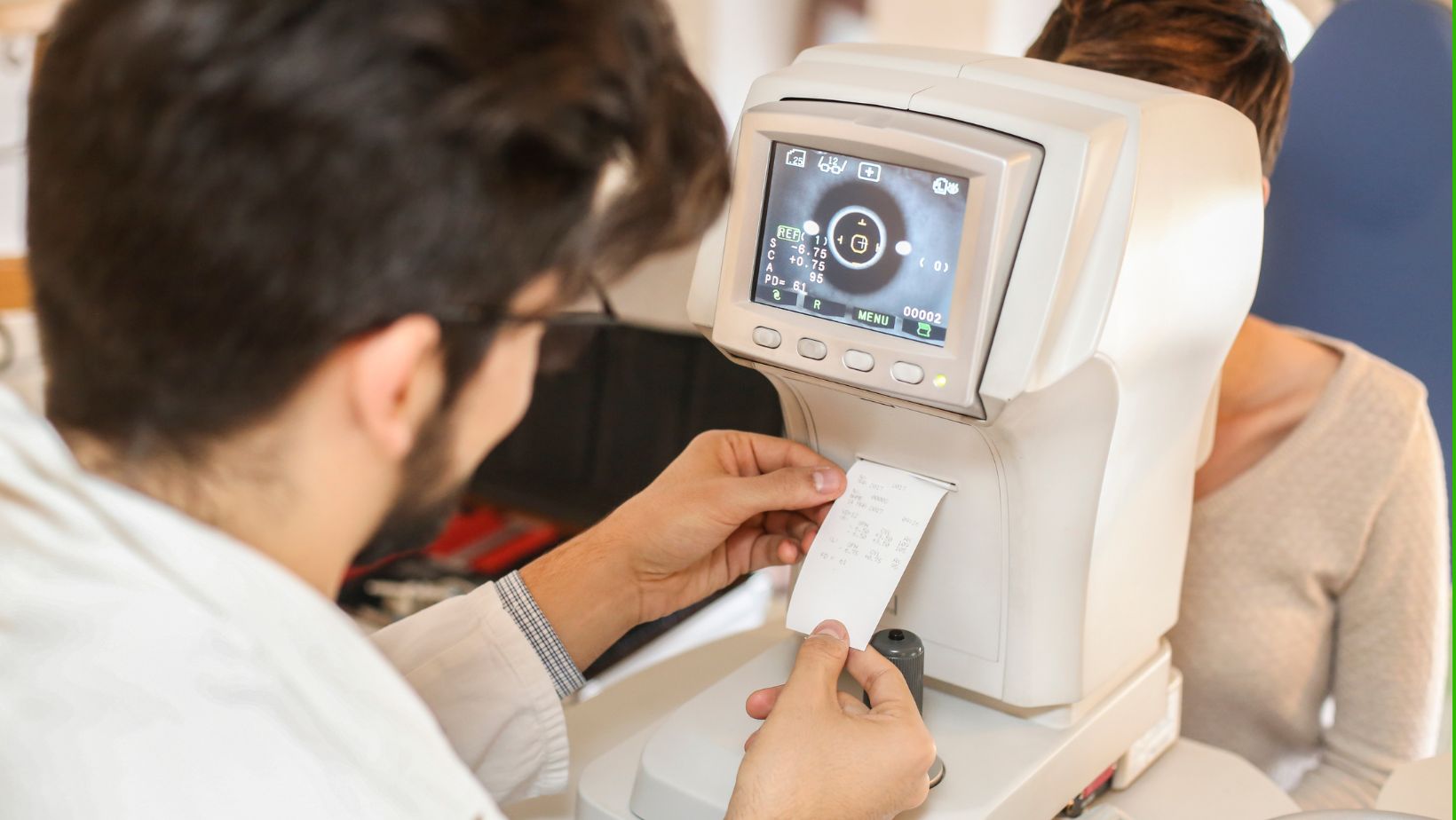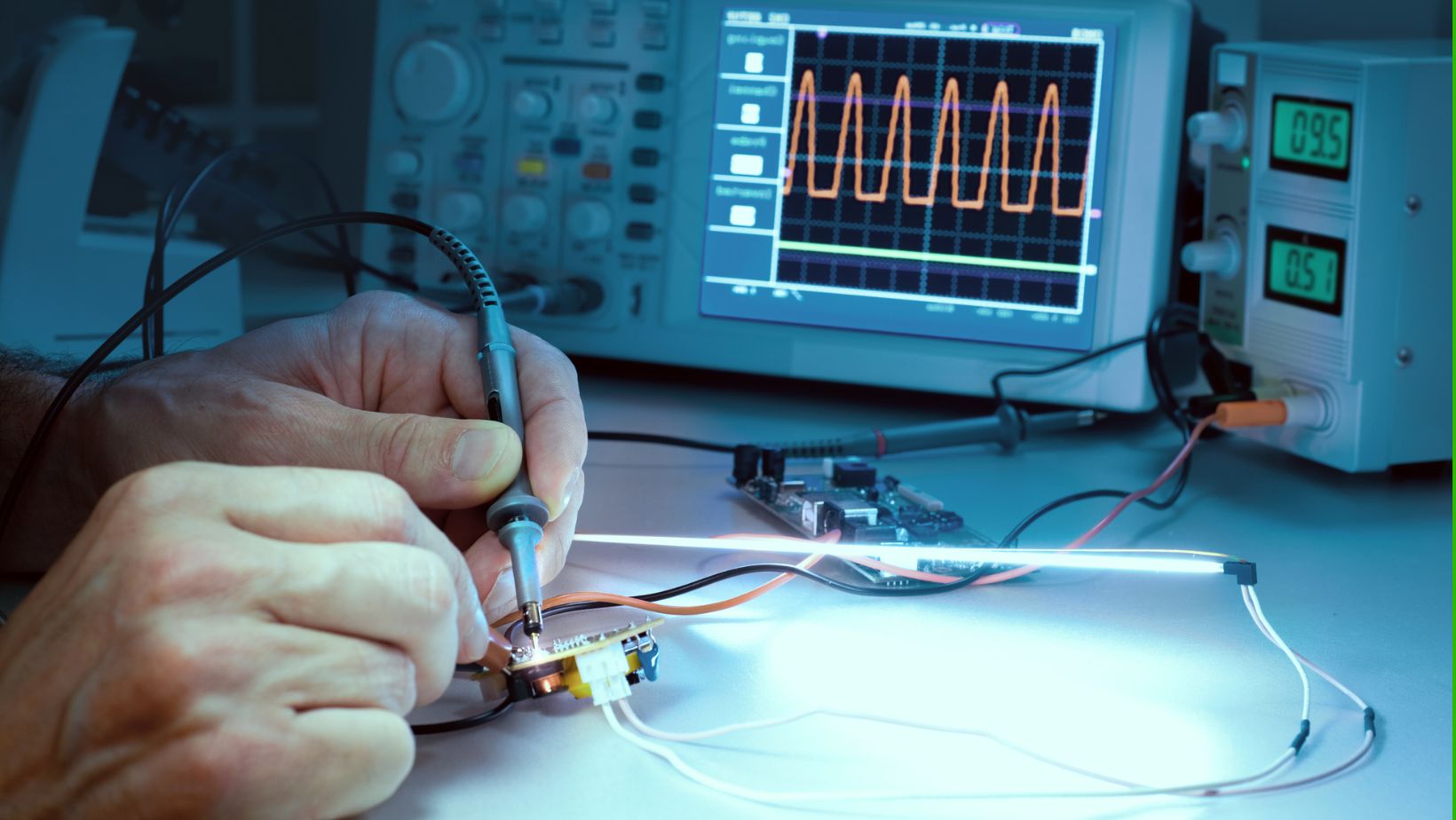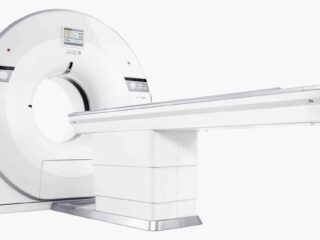
Hospitals and laboratories are full of equipment used to assess people’s health. But what about the health checkups for those devices themselves?
That’s where testing equipment comes into play. They test medical equipment to check that they are safe, functional, accurate, and reliable. However, to ensure efficiency and accuracy, all their features should be properly used. These are the hidden features you might be overlooking in your testing equipment.
The Benefits of Leveraging Advanced Features
Leveraging innovative features helps technicians by:
- Giving them access to more advanced testing functionalities
- Optimizing testing processes
- Streamlining equipment testing schedules
They can also offer clinicians peace of mind by ensuring the medical equipment that they rely on is safe and effective.
 Case Study: The Spectrum Analyzer
Case Study: The Spectrum Analyzer
Medical equipment operates alongside other equipment that may cause electromagnetic interference (EMI). This can cause signal disruptions and lead to equipment malfunctioning.
A spectrum analyzer examines how a signal’s power is distributed across different frequencies. This is crucial for diagnosing EMI. And it is why hospital technicians often use spectrum analyzers when monitoring, testing, and calibrating equipment.
Frequency span, range, and resolution are controlled with dials, knobs or buttons on the front panel, and a line (or trace) on the screen represents the signal frequency strength.
The time base, or sweep speed, controls the time it takes for the trace to move across the screen. A faster sweep speed makes it easy to detect brief signal anomalies. Spectrum analyzers often have an auto-scale feature that automatically adjusts the level and time base settings.
This is an ideal feature for less experienced technicians who are unsure of which settings to use.
The Keysight Spectrum Analyzer
A spectrum analyzer’s controls and interface can vary slightly, depending on the model and manufacturer, as can the design.
Spectrum analyzers typically include an RF detection device in a housing unit mounted in a short rack. Some models attach directly to computers and equipment while others are more portable. This makes the spectrum analyzer a versatile testing tool that offers convenience in different clinical settings.
Keysight Technologies manufactures top-tier electronics test and measurement equipment and software. This includes the Keysight Spectrum Analyzer, which offers real-time spectrum analysis and advanced signal monitoring capabilities.
Keysight has always been an innovator. An example is the portable CSA spectrum analyzer with pre-installed, ready-to-be-activated features, allowing for easy upgrades and reconfiguration.
Hidden Features in Modern Testing Equipment
There are almost as many different testing devices as there are medical apparatuses for them to test. Some devices check air pressure and flow, check for electrical current leakage, determine radiation levels, and so much more. Even battery testers have a place in medical apparatus maintenance.
But technicians come to rely on specific testing equipment and techniques. Unfortunately, this means that the latest innovations and advanced features in testing medical equipment are often overlooked. There are different types of medical apparatus testing, offering hidden features that improve the testing process.
Functional/Performance Testing
This ensures that medical devices operate as intended and align with performance criteria defined by regulatory bodies. Performance testing evaluates the accuracy, efficacy, functionality, and reliability of medical apparatus such as defibrillators used for CPR and ventilators used in critical care.
Performance testing equipment is used to determine if apparatus can handle large workloads or operate in extreme temperatures and high humidity. New AI-driven performance testers analyze test data, identify performance anomalies, and predict potential flaws.
Safety Testing
This determines medical apparatus safety. It assesses potential risks from electrical and mechanical to chemical thermal safety risks. As with functional testing, safety testing ensures that medical devices meet international standards.
Some safety testing tools perform dual functions. A safety analyzer is a great example. This portable device is used to evaluate the safety of healthcare technology. Some models include ECG waveform tests and dual-lead measurements for the convenience of an ECG simulator and safety analyzer in one tool.
The Importance of Fully Utilizing Testing Equipment
Underutilization of testing equipment features can lead to equipment diagnosis inefficiencies. By not accessing hidden features in testing equipment, technicians can’t leverage advanced testing functionalities.
They may miss vital clues to equipment flaws. If not noticed and rectified, flawed equipment may be determined safe, despite being prone to inaccuracies. In the medical environment, deeming equipment reliable when it is not can have serious consequences.
Testing of medical apparatus alone is also not enough to ensure efficiency and accuracy in clinical environments. With the increasing use of software as a medical device, software and user interface testing are just as crucial for enhancing patient outcomes.
Conclusion
By exploring more modern, portable models and utilizing “hidden” features in testing equipment, technicians can enjoy greater convenience and unlock advanced troubleshooting techniques. This helps them to streamline equipment testing and maintenance, which ultimately leads to better clinical services.

 Case Study: The Spectrum Analyzer
Case Study: The Spectrum Analyzer










